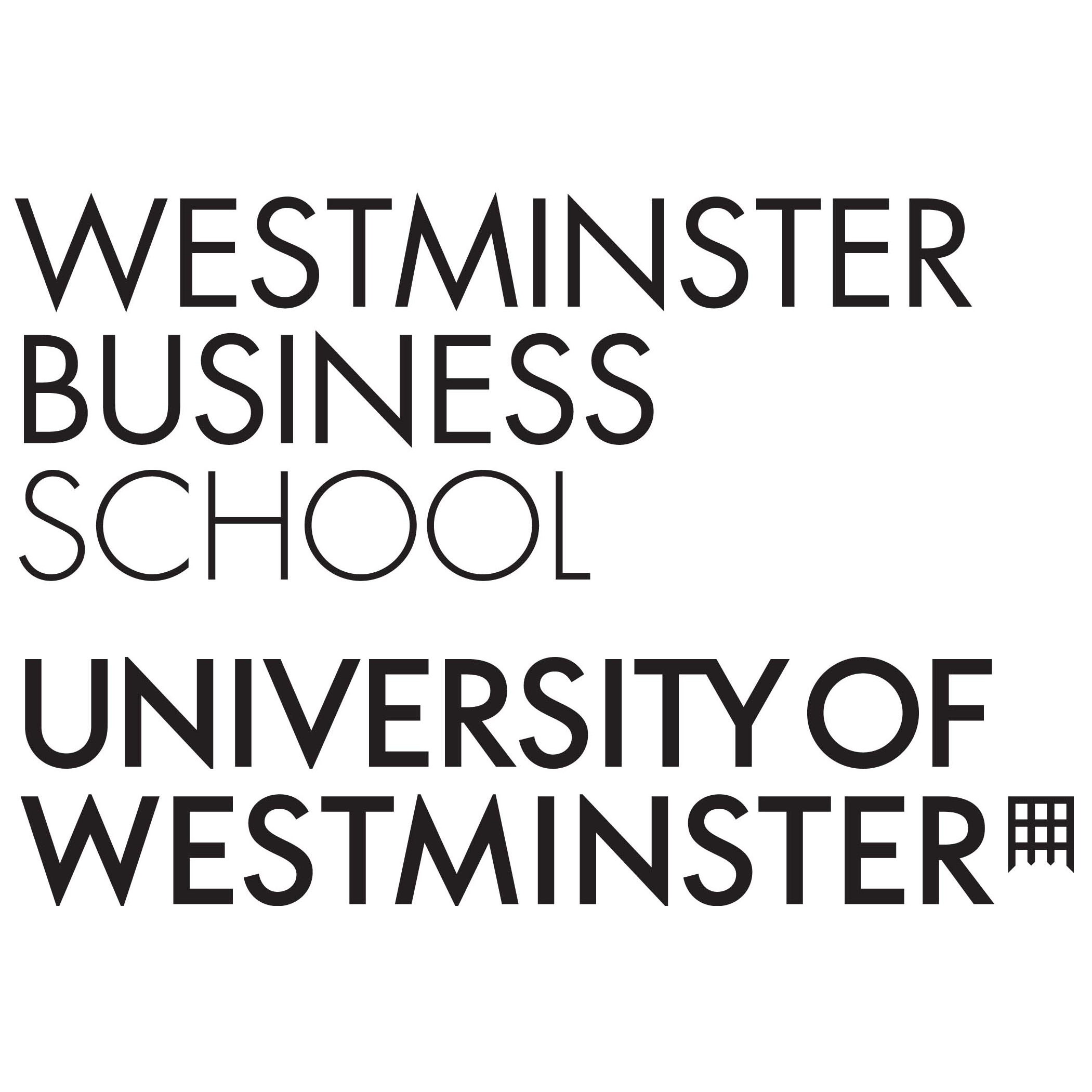
This social media audit and listening report by the WBS Social Media Clinic aims to analyse and understand the various social channels of the SaGG foundation, its current social media strategy and social posts performance and recommendations to improve engagement in future posts. In the process, the report also audits the SaGG foundation’s two chosen competitors CAMFED and the Spot Project.
Social Media Audit
An audit of the SaGG foundation’s social media accounts helps understand its social content posting strategy, follower engagement, the performance of various formats of media on each platform, and areas for improvement. Currently, the SaGG foundation has social media accounts on Facebook, Instagram, LinkedIn, Twitter and YouTube.
The below table illustrates the result of the SaGG foundation’s social media audit.
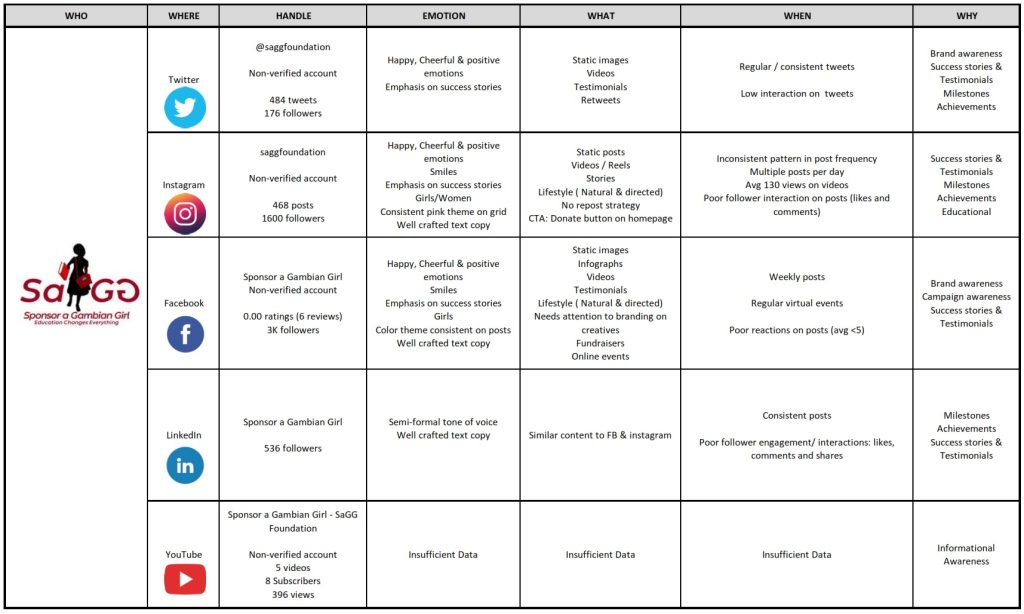
The overall social media audit of the SaGG foundation’s social channels points out the following:
- The content across platforms is repetitive. In other words, most of the content is recycled over the 4 channels and little effort is made to create channel-specific content.
- Target audience and platform demographics have not been considered while creating content. An exception could be made for Instagram and Facebook as these platforms are interlinked.
- There is no consistency in branding across all formats of posts and channels.
- There is considerably low engagement across platforms.
- There is inconsistency in post frequency.
- SaGG’s YouTube channel has been neglected.
- LinkedIn stands out among other platforms as few posts have been specifically curated for this platform.
Further, a cross channel social analysis was made using RivalIQ with the below results.
Overall Social
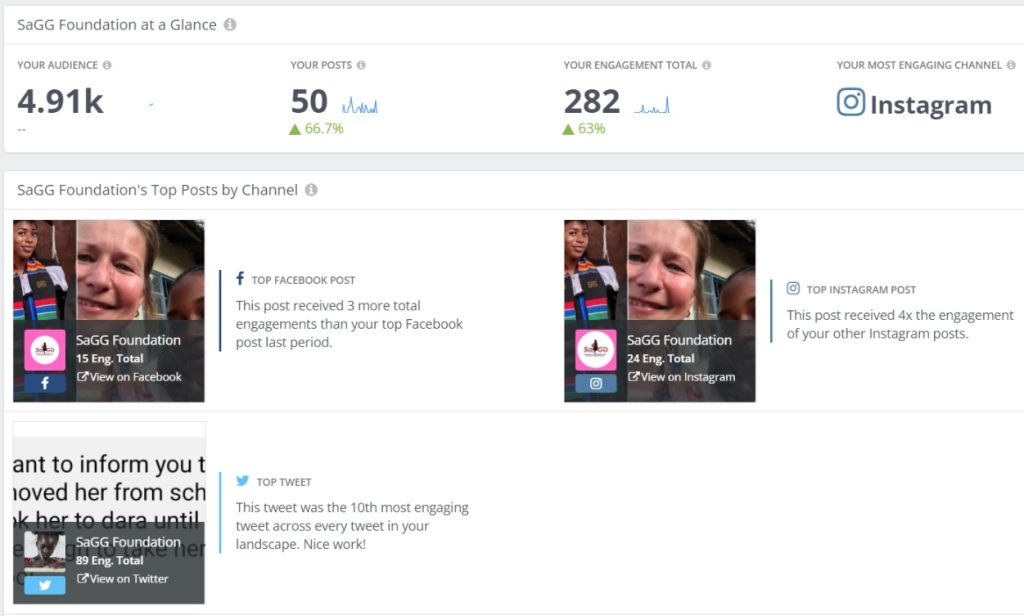
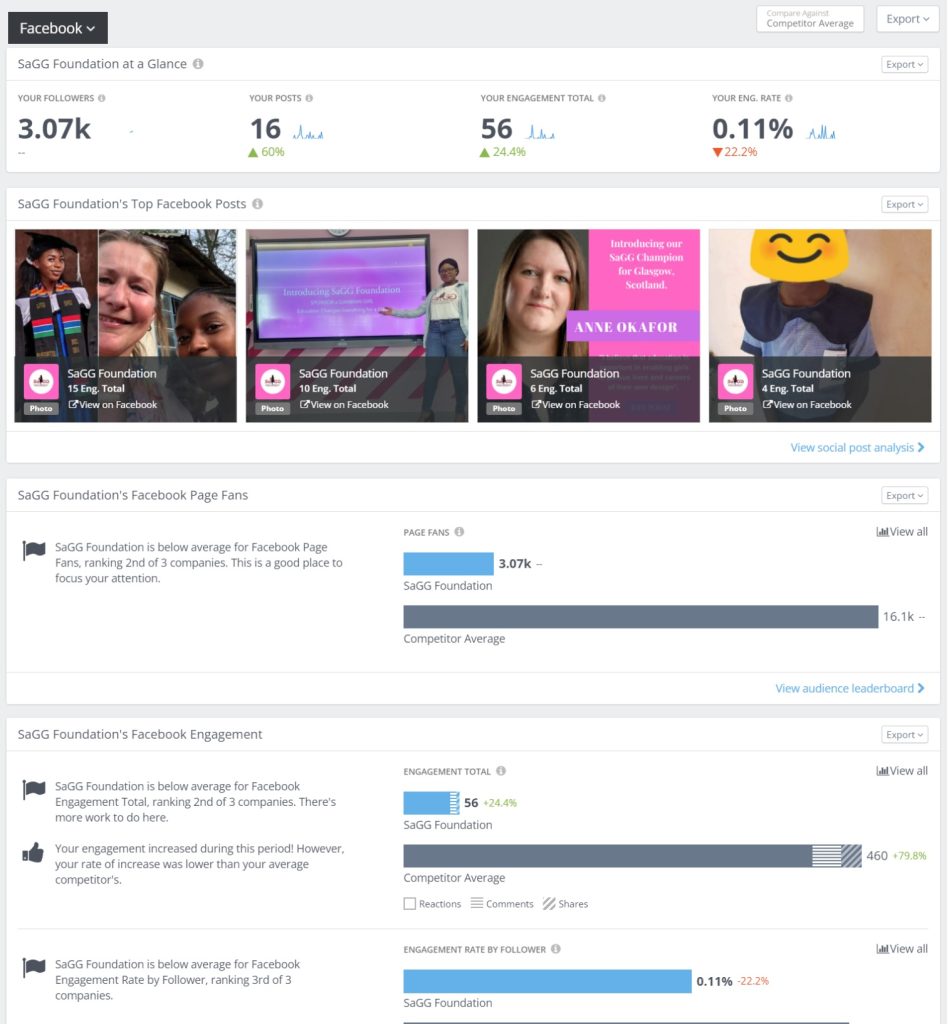
RivalIQ SaGG Facebook analysis
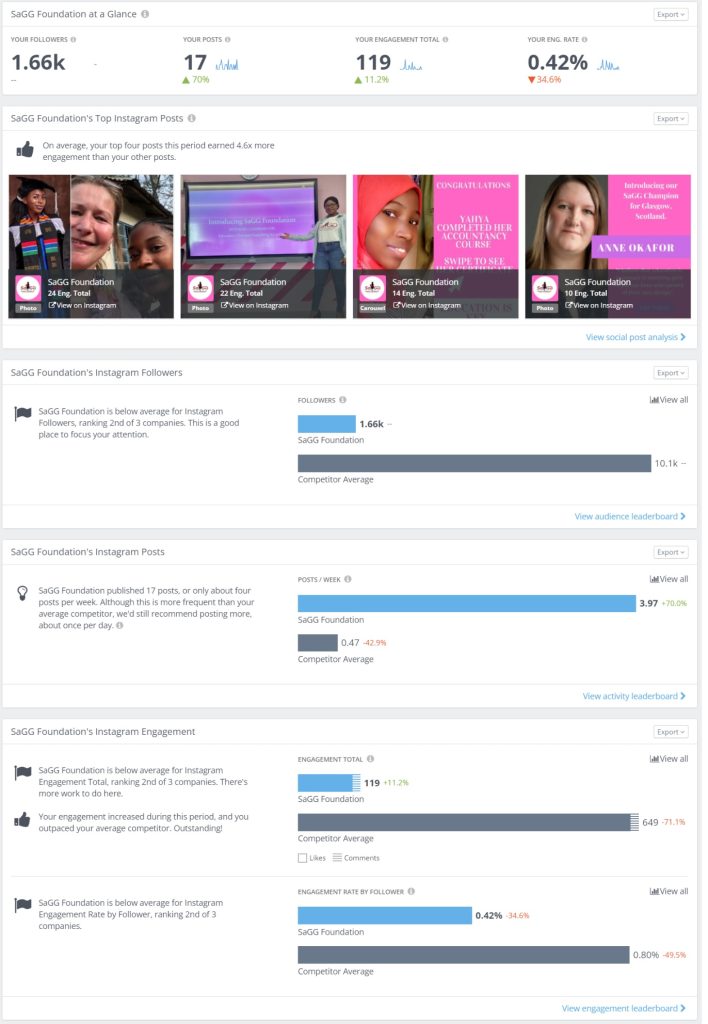
Competitor Social Media Presence Analysis
Using the NGO Explorer website, the WBS Social Media Clinic filtered across numerous UK based charities that work towards social causes in the Gambia, especially with child education as the goal.
The charities range widely in terms of their operations, national or local presence, social media presence, similarity to the SaGG foundation and attractiveness and functionality of their respective websites.
The WBS Social Media Clinic further shortlisted the below 2 charities to conduct a social media audit and demonstrate their social media content strategies in comparison with the SaGG foundation and derived the below observations and recommendations.
CAMFED: Campaign for Female Education
Camfed is an international non-governmental, non-profit organization whose mission is to eradicate poverty in Africa through the education of girls and the empowerment of young women. Camfed programs operate in sub-Saharan Africa; mainly Zimbabwe, Zambia, Ghana, Tanzania and Malawi.
The below table illustrates the result of CAMFED’s social media audit.
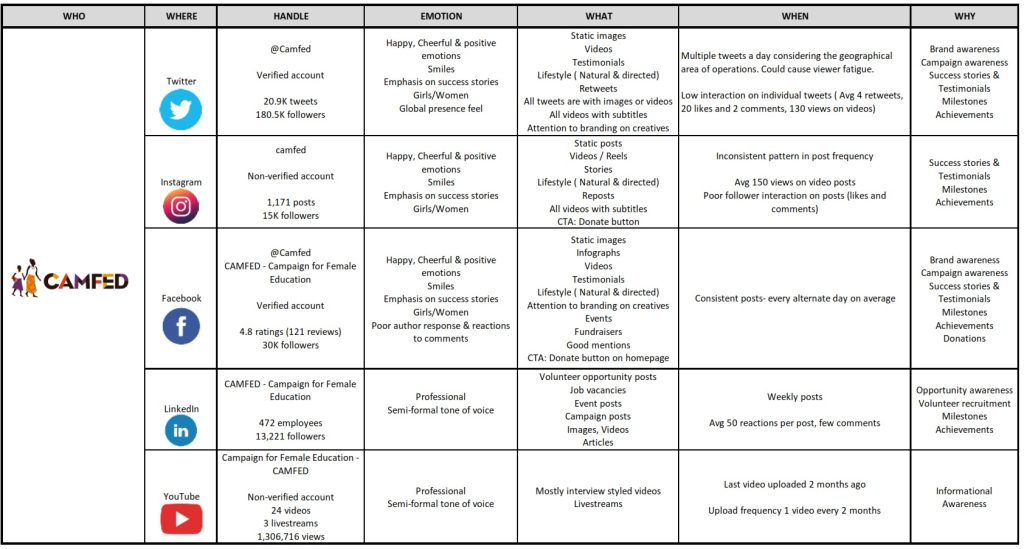
Following are a few highlights from CAMFED’s social media audit:
- The CAMFED website has a well-designed website. This gives the donors a sense of trust, especially with transparency through its annual report publications.
- Its operations aim at educating the girl child in sub-Saharan Africa and not specifically in The Gambia.
- Their social content is much higher in terms of quantity, quality and engagement- this can be linked to the size of its operations.
- The content is well designed and personalised for each platform.
SPOT Project aims to support underprivileged youth around the world, starting in The Gambia. They aim to build schools and learning centres through which they can run courses, seminars and training programmes to equip the youth with essential skills and education.
The below table illustrates the result of SPOT Project’s social media audit.
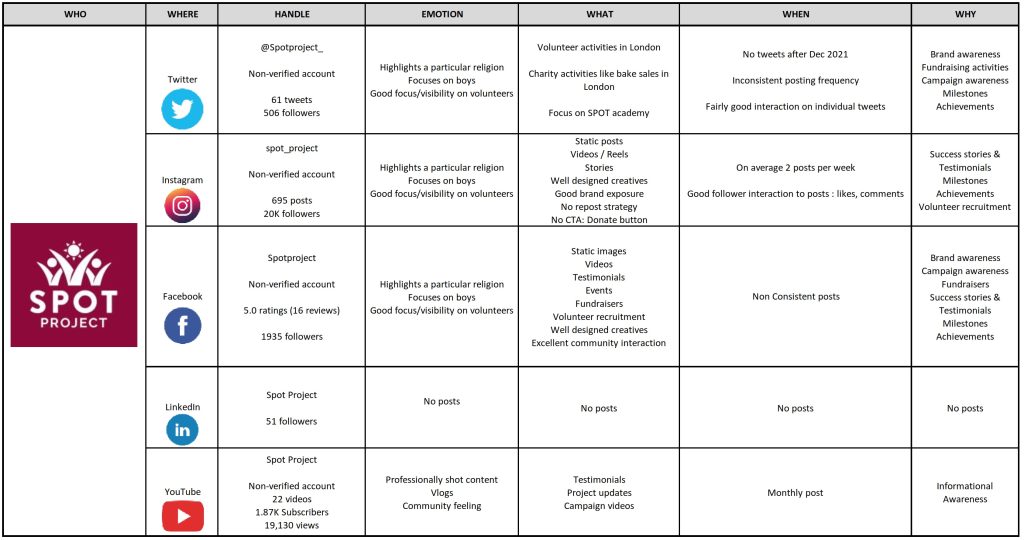
Following are a few highlights from SPOT Project’s social media audit:
- The SPOT project website is the best-designed website among the shortlisted charities.
- It operates in the Gambia and is based out of the UK.
- It carries out a lot of charity activities in the UK to create awareness and raise funds for education causes in the Gambia.
- has one of the best website designs with clear branding elements, campaigns and video content.
- It highlights a particular religion and focuses on boys’ education.
- There is inconsistency in posting since the last year on their social channels; however, it is very active on Instagram.
Below competitive intel was collected using an SEO competitive analysis tool MOZ
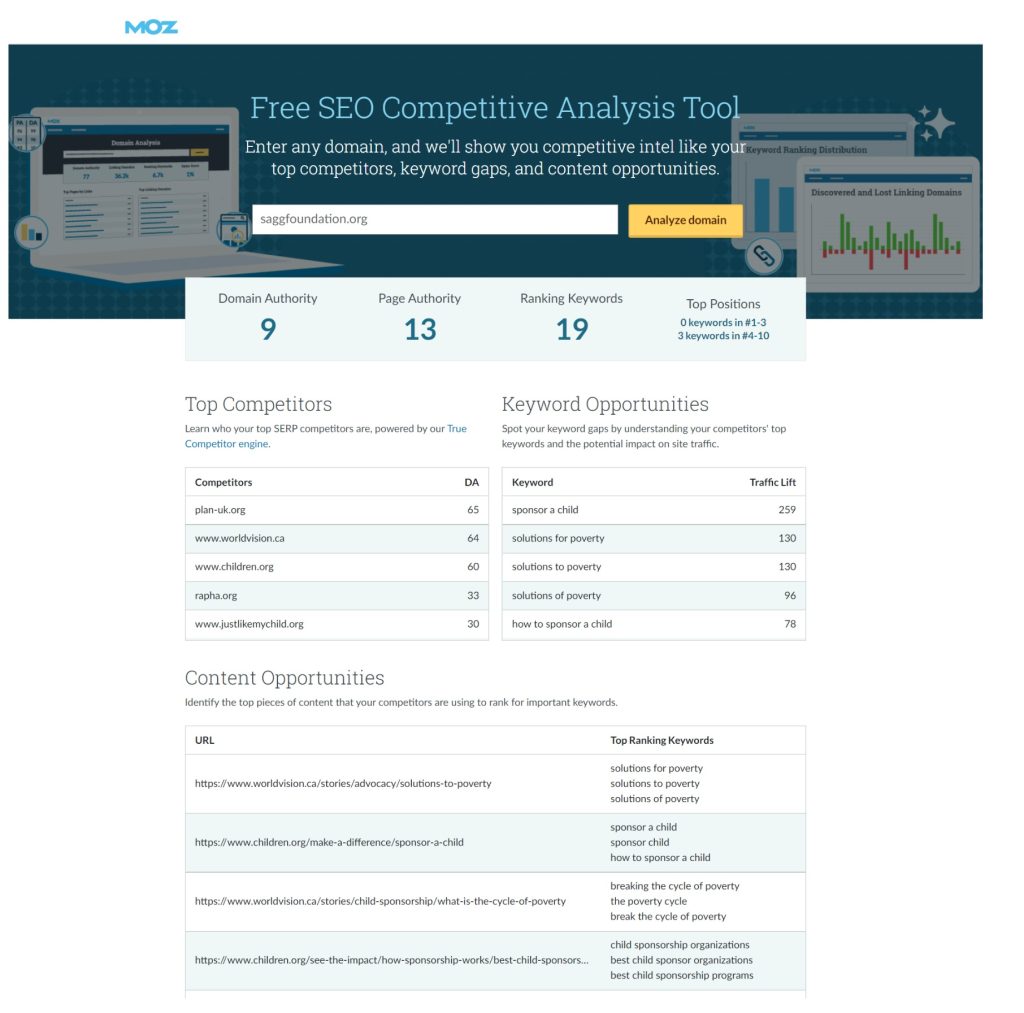
Donors’ Social Media and Content Habits Analysis
A study by YouGov states that Britons are more likely to give to charity if asked in person – by someone such as a friend or a fundraiser – than if prompted by an advert or email. The study further states the below facts as to what makes people donate to a charity.
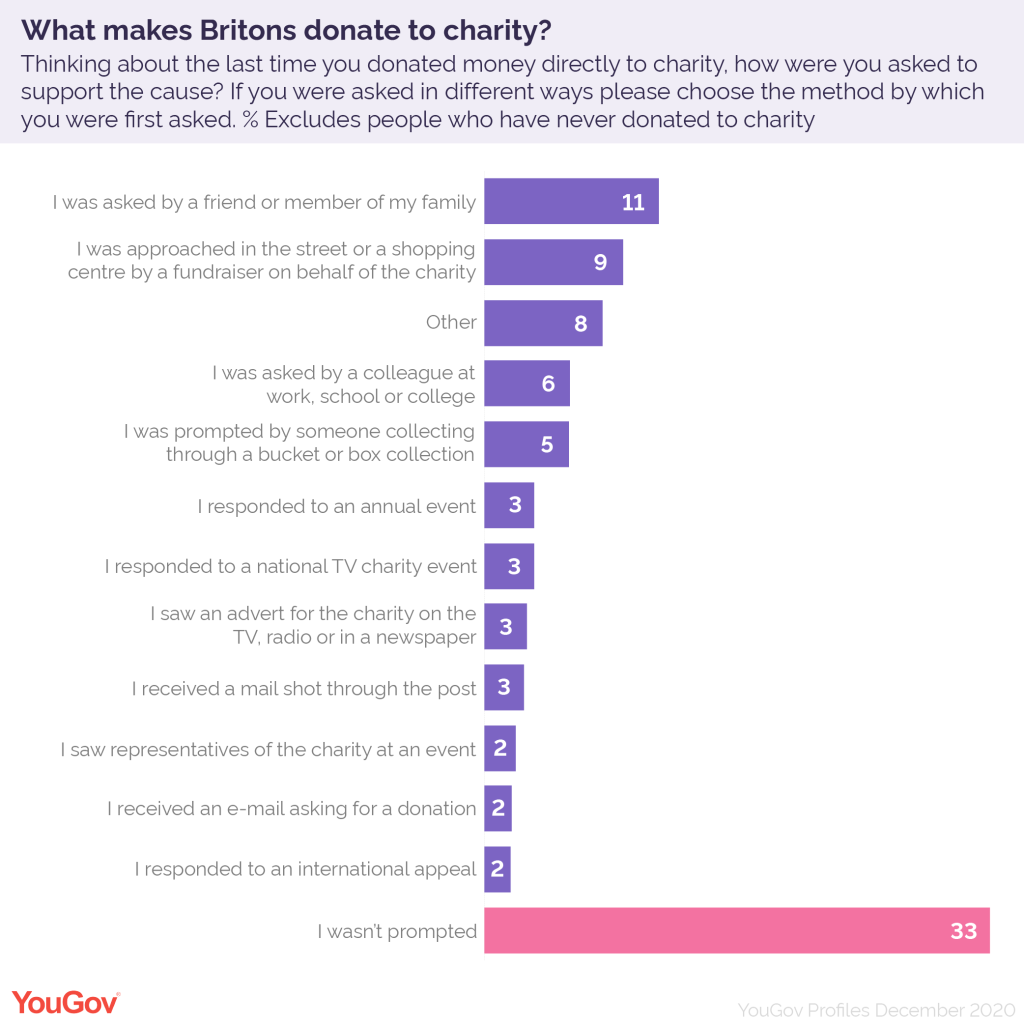
Behavioural insight research shows that when it comes to charitable giving the public is often ruled by their heart, not their head; and charitable giving is contagious. Researchers have looked into why people donate, why they don’t do it as much as they would hope to and how to bridge this gap.
Nonprofits have always banked on the need for public recognition by donors and volunteers. Traditionally they would do this by honouring them at events or engraving their names on plaques. These types of recognition are often expensive and time-consuming. Small donors and volunteers can’t be recognized this way.
Social media channels offer an inexpensive but powerful way to recognize and encourage desired behaviour. A donor; even though makes a small donation, could be acknowledged on the charity’s social media at practically no cost. That donor’s entire circle of friends could now see his contribution on social media and in the process give bigger exposure to the organization.
SaGG must bank on the above science behind what motivates donors to donate to charities and integrate these emotional facts into various campaigns and social content strategies to strike the right chords in the minds of its followers.
To find, approach and get support from their followers, the Sponsor a Gambian Girl (SaGG) foundation needs to understand where to find these potential donors and study what they listen to, read, browse, watch, view, and have a deep understanding of how they interact with various forms of media on an everyday basis.
The below audience report tells us that SaGG’s audience is based in the UK, Europe, the US and the Gambia. Its Facebook audience is predominantly male; however, its Instagram audience is mostly female and the audience age range is between 25 and 44 years. Engagement being low, SaGG must consider strategies to strengthen CTAs that would drive followers to link clicks on its social media posts.
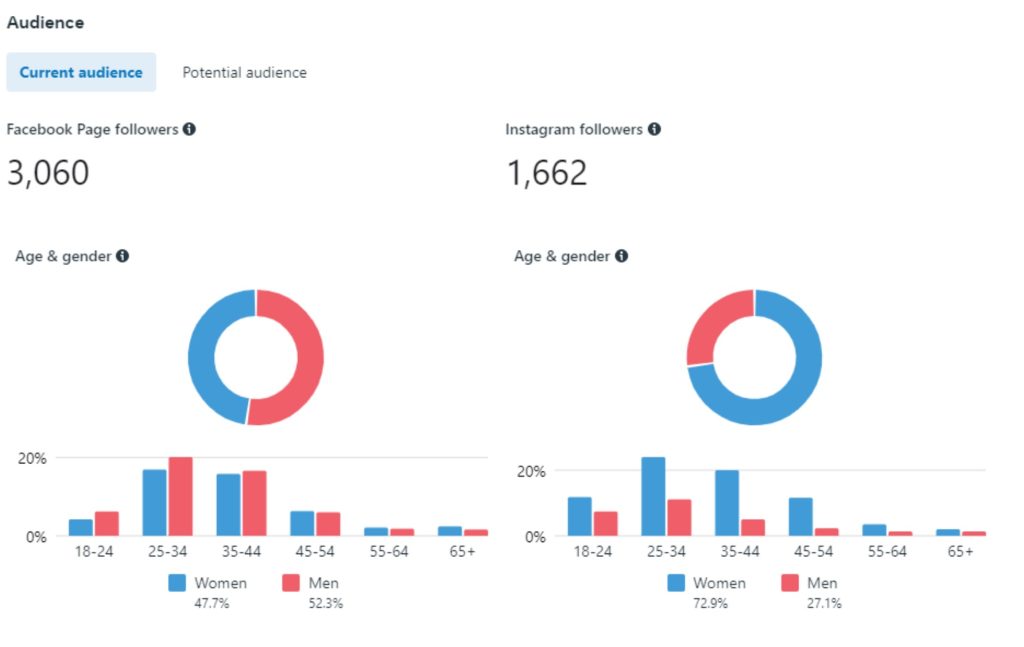
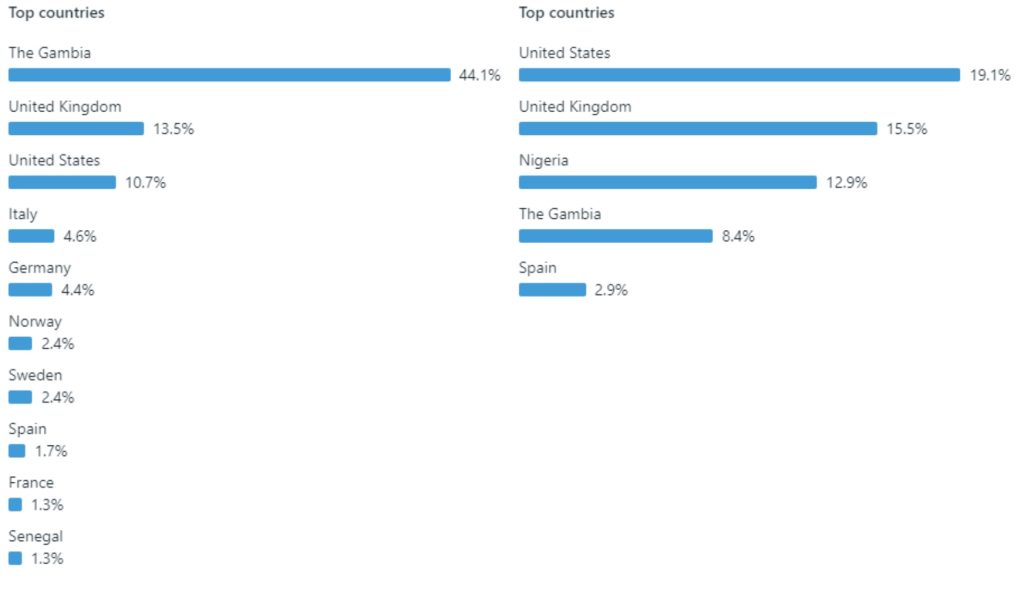
Industry Social Trends
Below highlighted are a few industry social trends of 2022 that charities around the world are adopting. These are adapted from articles by Denise Atkins from Charity Digital and Ben Matthews from Empower:
Voice search
Over 20 billion voice searches are made every month and by 2021, 50% of all searches were carried out by voice. The British Heart Foundation became the first UK charity to allow donations through Amazon Alexa.
Facebook’s Charitable Giving Tools become more powerful
Introduction of tools for Facebook Messenger that allows it to act more like a CRM and integrate with existing CRM systems, with relevant permission from users meaning that users can permit charities to contact them via email.
The return of improved email marketing
Email is still the best marketing channel in terms of Return on Investment (ROI)
Instagram Stories continues to be an engagement success story
Social Media Content and Strategy Recommendations and Suggestions
- Use storytelling format to connect emotionally with followers
- Create posts to recognize/ appreciate donors on social media with their consent
- Design content keeping the social media platforms in mind to avoid recycling
- Maintain a consistent post frequency or social media calendar
- Pay attention to all of SaGG’s social media platforms
- Work towards increasing post engagement
- Create a consistent brand image across content and platforms
References
https://www.saggfoundation.org/
https://ngoexplorer.org/region/continent/africa
https://yougov.co.uk/topics/consumer/articles-reports/2020/12/10/what-makes-people-donate-charity
